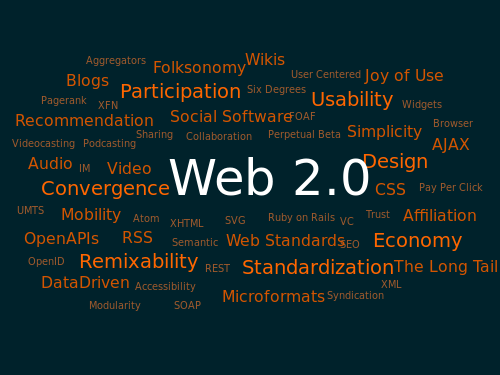
I get my news from Facebook. Partly because I’m more interested in news that’s important to people I know than stories that the broadcast media has decided I should know about. After all, it’s more entertaining to find out that the Texas Rangers are going to the World Series from my friends who are NY Yankees haters than from ESPN. I find out what my friends think about election issues and candidates alongside those who pay for ads on Facebook. I learned about the recent terrorist bombs aboard international flights because another friend posted "Is anyone else following this?" as his Facebook status. From there, if I’m interested in knowing more, I can click on their link or Google the event. But more than that, I can Comment, Like what they like and, I often Share a link to any relevant information I find. From the global to the local, I can get news from people I know. And knowing your sources is important in life as well as in research.
But another reason I get my news from Facebook is because, like everyone else, I only have so much attention to go around. I have to choose wisely where to invest it. Otherwise, I will suffer from information overload. So, I choose which things to be informed about by choosing how I become informed. With my method, I can kill two birds with one stone – I get relevant news and keep in touch with friends.

(Image courtesy of Wikimedia Commons)
Facebook is an example of social media which is part of the Web 2.0 phenomenon. Web 2.0 refers to web applications that are not static pages, but dynamic and participatory. If you can get to it with your web browser and make a comment, it’s Web 2.0. You only need a computer with a web browser (i.e., Internet Explorer, Firefox, Safari) and an Internet connection. Now you not only get information from the web, but you can add value to it. You become part of an online community. Some other familiar Web 2.0 applications include blogs (like this one), wikis (like Wikipedia), and video sharing sites (such as YouTube.) Web 2.0 businesses such as Amazon and eBay know that their services become more valuable the more people use them. Customer reviews and ratings are vital to their continued success.
Library 2.0 applies the user-centered participatory principles of Web 2.0 to library systems and services. Blogs like this one become more valuable when posts spark reader comments. And, did you notice that you can chat with a Darling Librarian using the Meebo chat box on the right? The Libguides suggestion boxes and resource rating options qualifies it as a Library 2.0 app. Library 2.0 catalogs allow users to "share" results of their searches, create accounts, make online requests, save search results, and even review books in the library.
Try our new Darling Library Catalog interface features. What kind of value can you add?
No comments:
Post a Comment